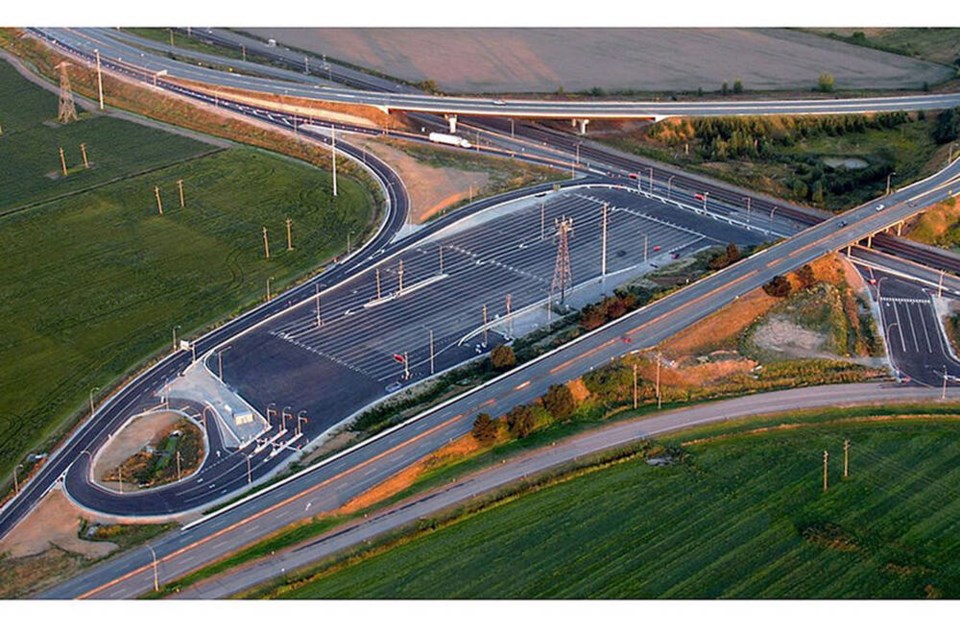Most of the work is done when it comes to road and rail additions in Delta to accommodate port expansion.
That’s according to Vancouver Fraser Port Authority President and CEO Robin Silvester in an interview with the Optimist this week.
“We’re actually in a pretty good place. We’ve gone through the Asia Pacific Gateway Corridor Initiative. We’ve worked with the feds and the province and then, lastly, the National Trade Corridor Fund, so we’ve done a lot of work already. The South Fraser Perimeter Road was a big part of being a very important road from a community transport point of view, but also helped get trucks off the highway through the middle of Delta. We similarly had a lot of work already on the Roberts Bank Rail Corridor, so there’s not a lot more needed in terms of the immediate area because so much has been done already,” explained Silvester.
He said they were told that they “rolled out the red carpet to the terminal location already” with all the connecting infrastructure work that has been completed, although there is an ongoing process of upgrading rail.
On April 20, the federal government announced that the Roberts Bank Terminal 2 (RBT2) project in Delta has been approved.
To be built on a new man-made island adjacent to the current Deltaport container facility, RBT2 will provide a 50 per cent increase to the port’s container capacity, providing 2.4 million TEUs (20-foot-equivalent units) of additional capacity annually.
He said projects such as the $18 million truck staging area, located on provincially-owned land at the junction of Highway 17, Highway 17A and Deltaport Way, is also ideally suited to handle increased truck volumes that will head to the port.
As far as the port authority’s cargo stats, overall cargo volumes through the Port of Vancouver decreased by three per cent in 2022, but there was a rebound in the second half of the year led by Canadian resource exports.
“We got waxed by a few things, but actually ended up coming out not bad in comparison to other ports on the west coast. It sort of underlines the resilience of the cargo flow through Vancouver. As we look to the longer term, we’re still seeing that sort of steady (annual) two-to-three per cent forecast, what makes Terminal 2 so necessary for Canada,” said Silvester.




